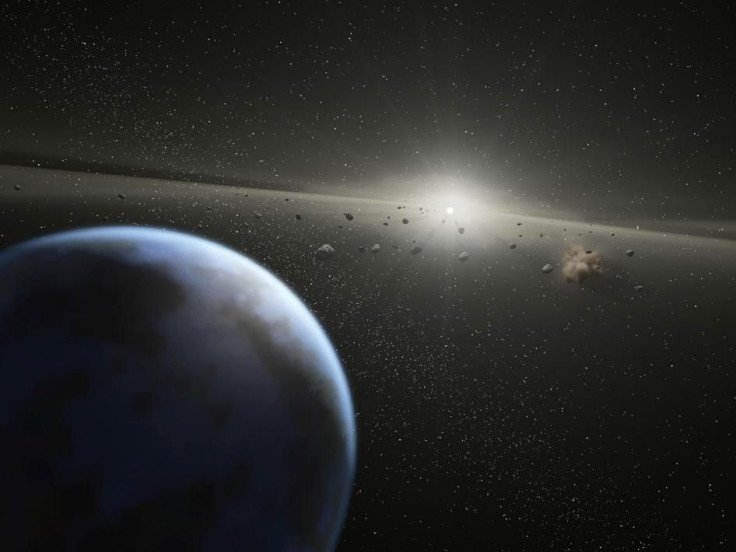NASA: 3 Asteroids With Earth-Intersecting Orbits Approaching Tonight And Tomorrow

KEY POINTS
- NASA is monitoring three asteroids approaching Earth
- One of the asteroids is as big as the Great Pyramid of Giza
- The approaching asteroids follow Earth-crossing orbits
NASA is currently monitoring three asteroids that are headed for Earth. According to the agency, the approaching asteroids have natural orbits that intersect the path of the planet.
The first incoming asteroid has been identified by NASA’s Center for Near-Earth Object Studies (CNEOS) as 2019 YT3. As indicated in CNEOS’ database, this asteroid is currently flying towards Earth at a speed of over 16,000 miles per hour. It has an estimated diameter of 141 feet.
This asteroid is expected to fly past Earth on Jan. 6 at 9:49 pm EST. During its approach, the asteroid will be about 0.03375 astronomical units or roughly 3.1 million miles from the planet’s center.
The second asteroid that’s about to visit Earth is called 2020 AVI. According to CNEOS, this asteroid has an estimated diameter of about 121 feet. It is flying across space with an average velocity of almost 27,000 miles per hour.
2020 AVI will debut in Earth’s vicinity in Jan. 7 at 2:44 am EST. The asteroid is expected to approach the planet from a distance of around 0.01858 astronomical units or about 1.7 million miles away.
The last asteroid that will approach Earth tomorrow has been identified as 2020 AJ1. As the largest asteroid in the group, it has an estimated diameter of about 427 feet. This means the space rock is almost as big as the Great Pyramid of Giza in Egypt. CNEOS noted that 2020 AJ1 is moving towards Earth at an impressive speed of almost 50,000 miles per hour.
2020 AJ1 will approach the planet on Jan. 7 at 10:00 am EST. During this time, the asteroid will be about 0.03467 astronomical units or around 3.2 million miles from Earth.
2019 YT3, 2020 AV1 and 2020 AJ1 are officially classified as Apollo asteroids. This means that these asteroids follow very wide orbits within the Solar System and occasionally pass by other planets such as Mercury and Venus.
From time to time, these three asteroids, like the other members of the Apollo family, intersect the path of Earth as the planet makes its way around the Sun.
© Copyright IBTimes 2025. All rights reserved.




















